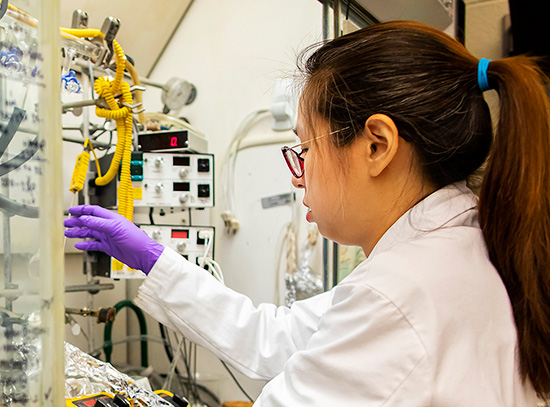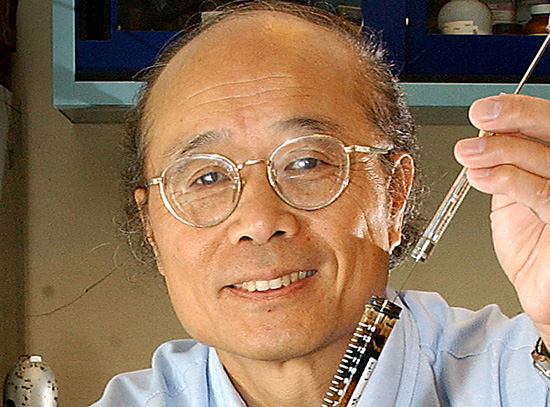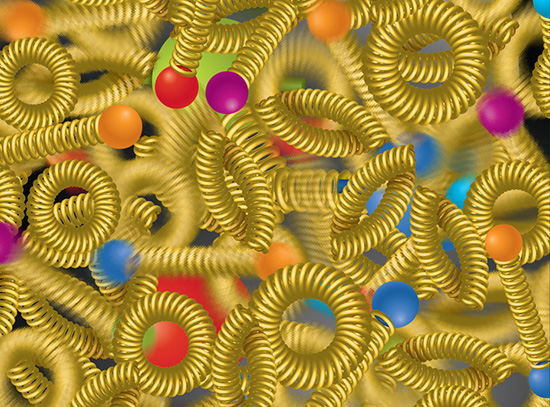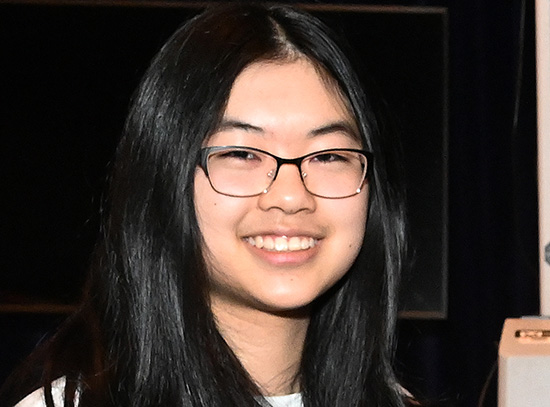NSF and DOE Award Grants for “Tender” Microprobe
November 12, 2012

Together, the National Science Foundation (NSF) and the U.S. Department of Energy (DOE) Basic Energy Sciences program have awarded about $350,000 to fund the development of a tender energy microprobe. The instrument will be installed at the National Synchrotron Light Source (NSLS) and will go on to be used at NSLS-II.
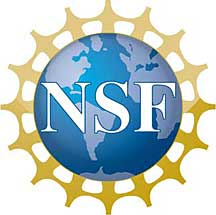
The proposal for funding was led by Stony Brook University scientist Paul Northrup, beamline spokesperson X15B, which will host the microprobe for the next year and a half before its relocation to the planned Tender Energy X-Ray Absorption Spectroscopy (TES) beamline at NSLS-II. The “tender” energy range is from about 1 to 5 kiloelectron volts, which is lower than “hard” x-rays and new for NSLS.
“There are very few other facilities working in the tender energy range, and none in exactly this energy range. We plan to go down a bit lower than other light sources,” Northrup said. “And this will give a performance improvement by a factor of 50 over any of the microprobes already here at NSLS.”
This lower energy range allows for a view into lighter elements that can’t be probed with higher-energy x-rays, including alkaline earth metals such as magnesium and calcium. This range also allows for exploration into things like phosphorous, sulfur, and other essential biological elements, as well as silicon.
Excitement about the new equipment is high and many have already begun planning to use it when it’s installed and operational in the summer of 2013. “There are several planned experiments in geosciences, energy science, plant biology and soil science,” Northrup said.
One of the reasons for the enthusiasm to use the microprobe is that it is optimized for high-performance x-ray absorption spectroscopy, “which is also something that could never be done with a microbeam at NSLS before,” Northrup said. “A typical absorption-spectroscopy beamline requires large uniform samples, and a typical microprobe beamline has a very small beam but can only do limited spectroscopy. The new device will combine both to do full spectroscopy with a microbeam.”
This unique dual purpose and the microprobe’s ability to use compound focusing to narrow the beamline down to within 5 to 15 microns contributed to the successful funding proposal. Northrup and collaborators from a range of disciplines first applied for funding from NSF three years ago. The proposal was well-received because the microprobe will allow for a broad range of science, including oceanography, geosciences and biology, said Northrup. And because it’s so widely applicable, NSF helped Northrup reach out to DOE for additional funding in order to bring the microprobe to Brookhaven.
Before next summer, there’s a lot still to do to ready the microprobe, including fabrication of the helium-atmosphere sample chamber. The mirror system for the microprobe is currently being manufactured in England, and once it’s delivered, installation, alignment, and testing will get the new equipment ready for users.
“I wanted to have it at NSLS before we move over to NSLS-II,” said Northrup. “There’s a lot of science we can do here at NSLS, and a lot of testing, working out the bugs before we move over there, so we can hit the ground running once we get there. It’s nice to make the bridge between the two.”
2012-3477 | INT/EXT | Newsroom




